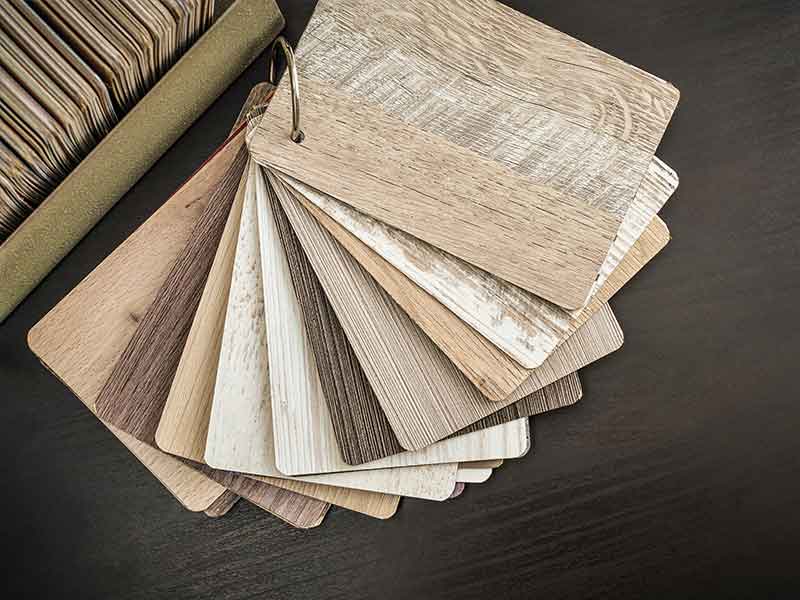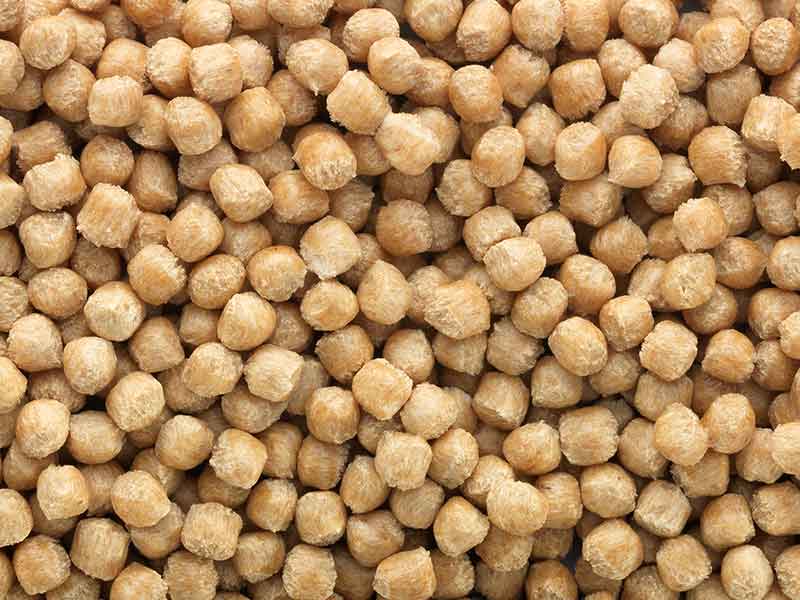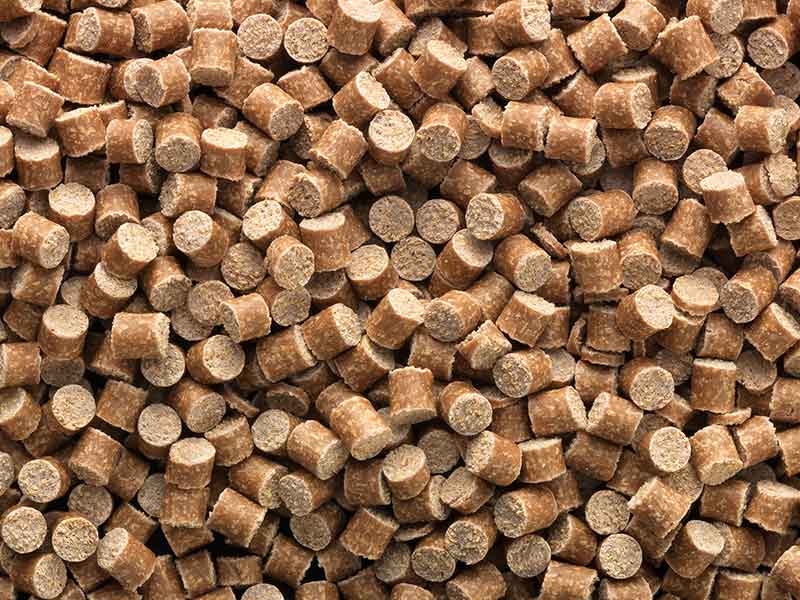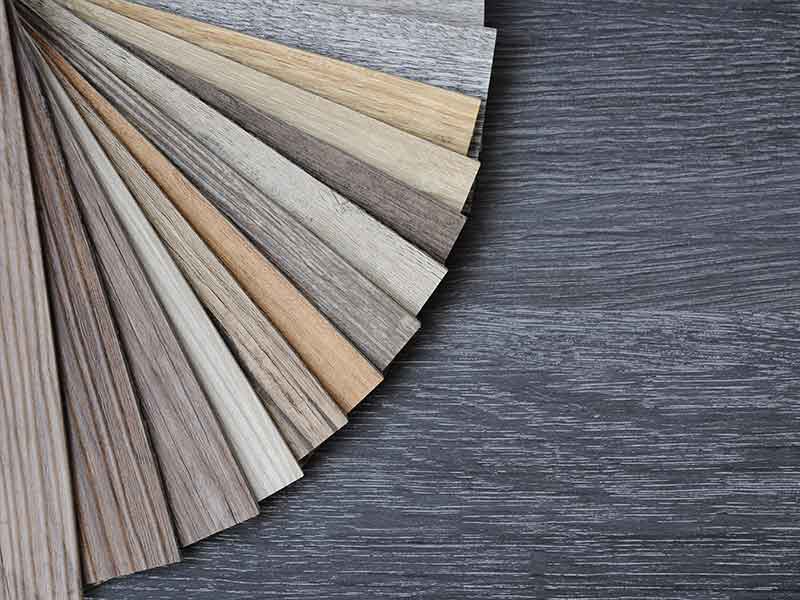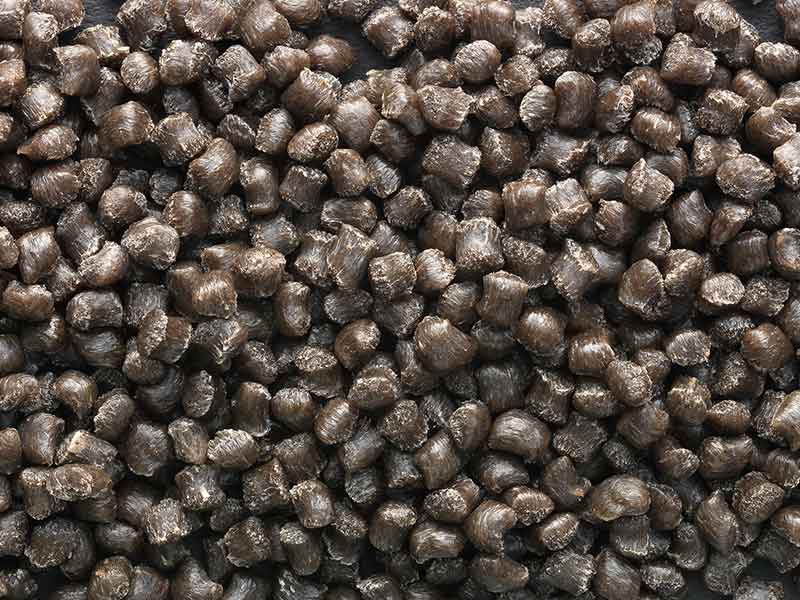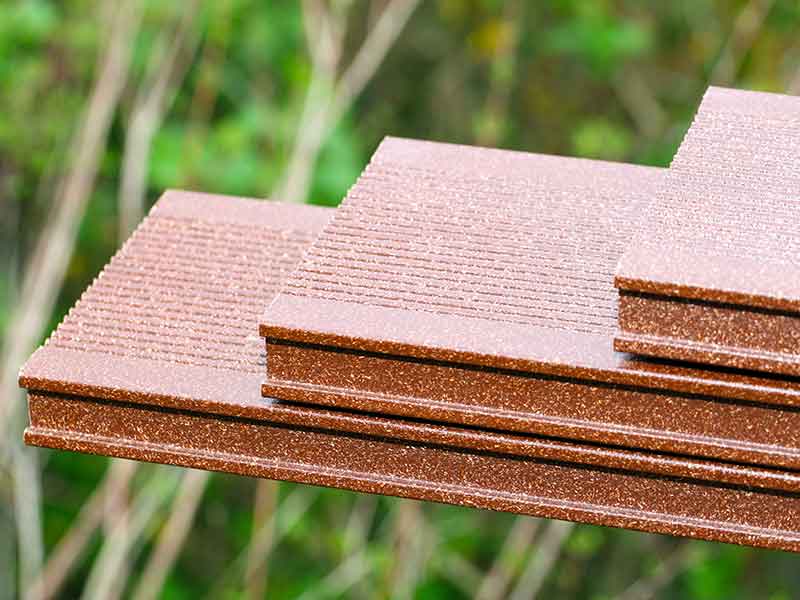Natural Fiber Composites (NFC) Compounding
For thousands of years natural fibers were mankind’s primary material. Houses and ships were built of wood, while flax and hemp were used for making ropes and utilitarian fabrics such as sails and corn sacks. During the industrial revolution and in modern times, new applications have been developed with the use of chemical agents for bonding natural fibers with natural fiber composites compounding into strong components for use in various industries.
Typical applications
The specific properties of natural fibers have always made them a desirable material. They possess good mechanical characteristics such as such as tensile and impact strength, elongation and elasticity modulus, paired with low weight. These are based on renewable raw materials with excellent CO2 and energy balances, which offer a competitive price. Altogether, these materials bring significant growth in NFC applications and production volume accordingly. Among their main application fields are the automotive and aircraft industries.
Compounding requirements
Natural fiber composites are made with a thermoplastic or a thermosetting polymer matrix. The thermoplastics can be PE, PP, PS, PVC or PLA, while the thermosetting polymers are mainly acrylate, epoxide and phenol resins. The most important natural fibers used are flax, hemp, jute, kenaf, sisal, abaca and cotton. Other frequently used materials include wood fiber, sawdust and rice husks. In many cases, optimal bonding of the matrix and fibers is ensured by using adhesion promoters.
Indispensable for natural fiber composites compounding is perfect dispersive and distributive mixing at low product temperatures, in order to process the additives and typically high content of 30-70% natural fibers according to product specifications without thermally damaging the fibers. Also required are multiple feed points and if necessary the injection of liquid adhesion promoters at predetermined positions.
The BUSS Kneader’s specific capabilities really come to the fore in these applications. Due to the operating principle of natural fiber composites compounding, the enormous number of mixing cycles at moderate and uniform shear rates enables unsurpassed mixing efficiency and product quality at maximum throughput rates. As a side effect of the moderate shear rates, wear and tear is significantly lower than with other kinds of screw extruders. The process chamber is modularly designed by in-house experts according to specific applications.
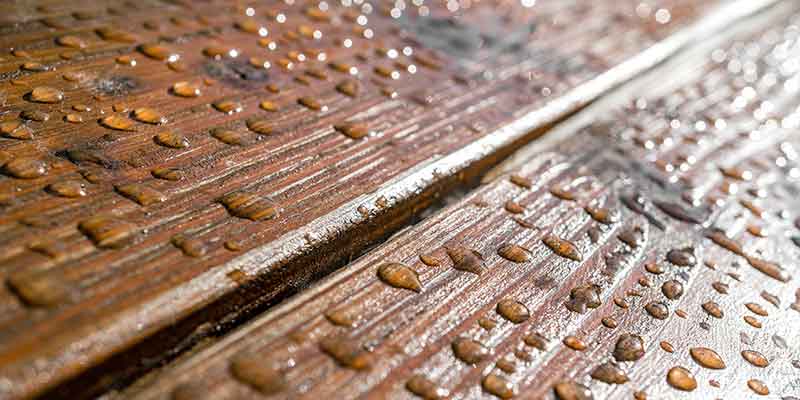
The BUSS Kneader’s two-stage system deliberately separates the compounding and pressure build-up stages so that each stage can be independently optimized. The hinged housing of the BUSS Kneader within the natural fiber composites compounding and the retractable casing of the discharge extruder ensure fast and easy access for high system availability. Together with broadly based BUSS process expertise, the modular design and therefore adaptable arrangement of the entire compounding line make the BUSS Kneader first choice for compounding natural fiber composites.
Typical plant layout for natural fiber composites compounding systems
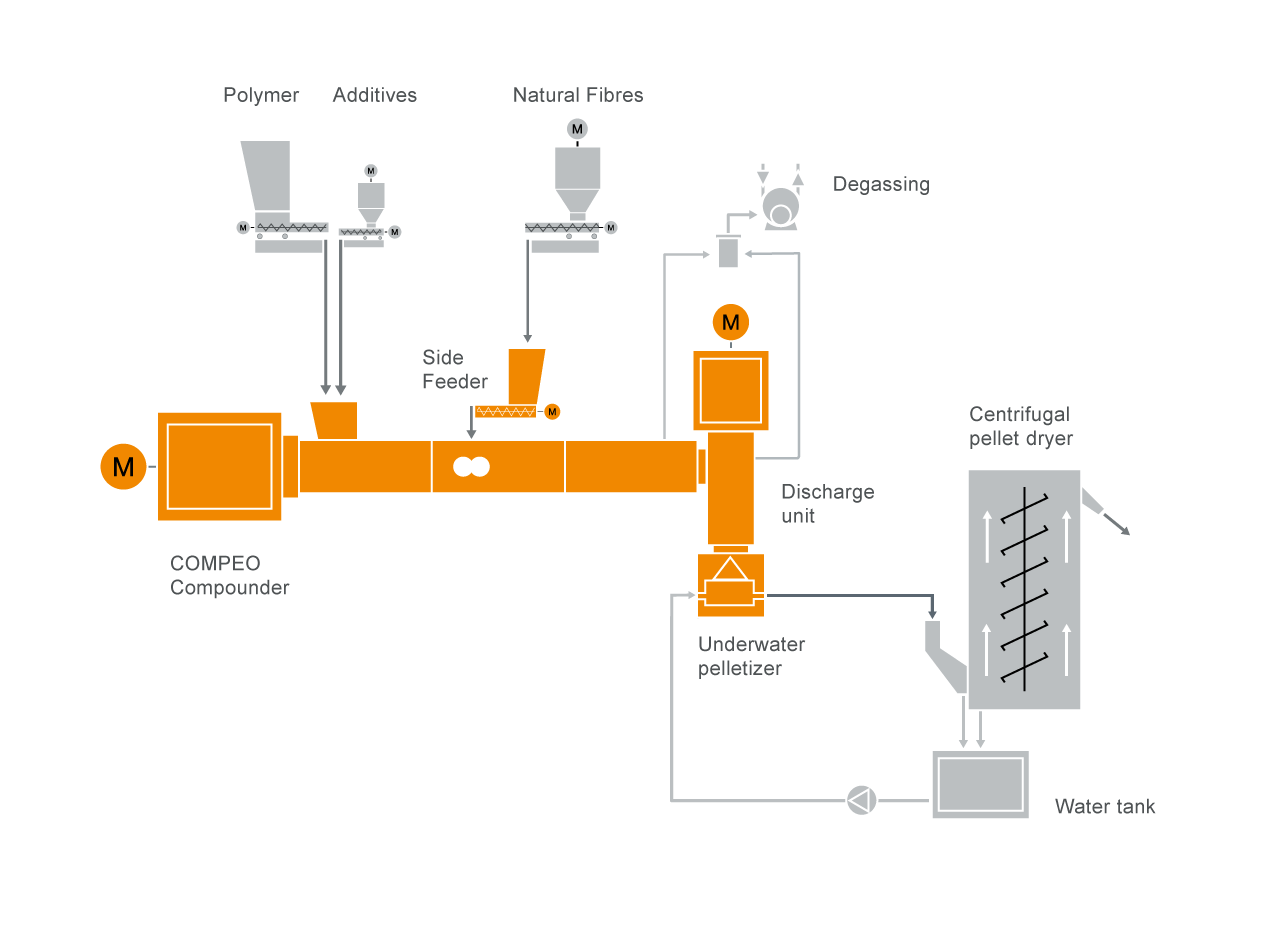
BUSS compounding systems offer the following specific benefits
Learn More
Downloads
-
COMPEO
-
Laboratory Kneader MX 30


